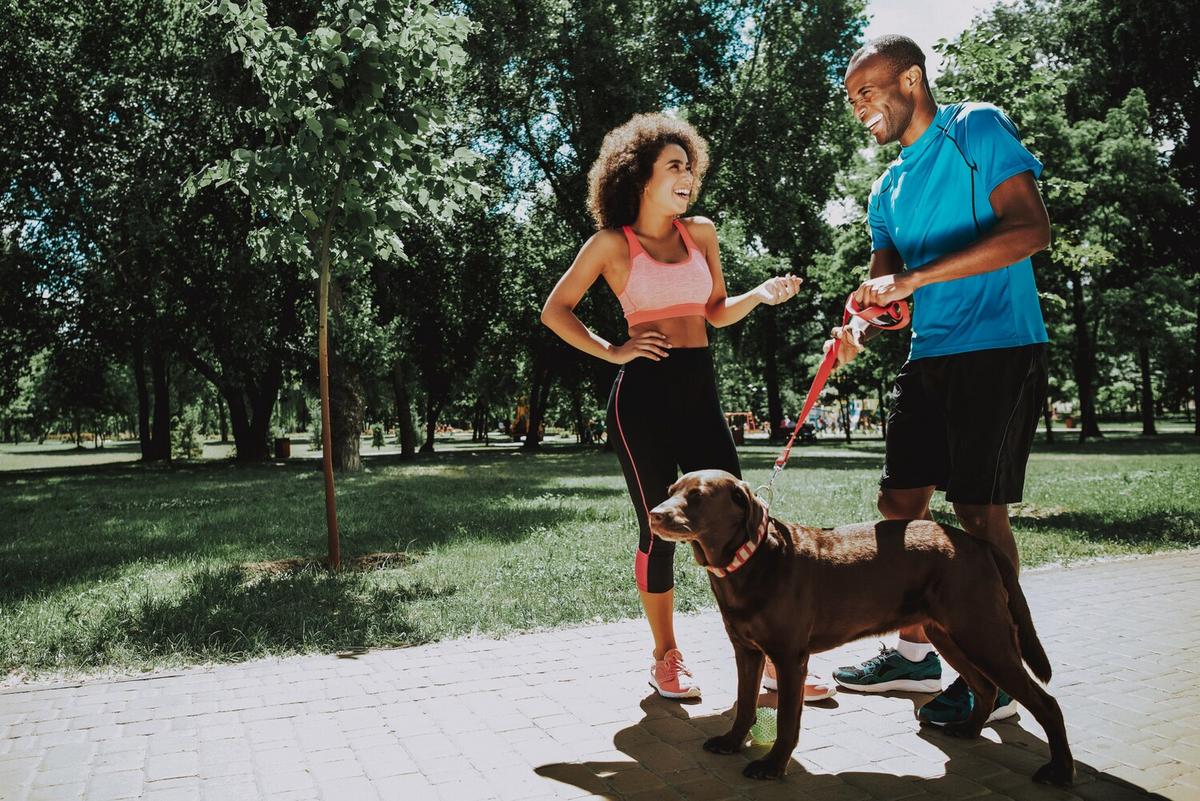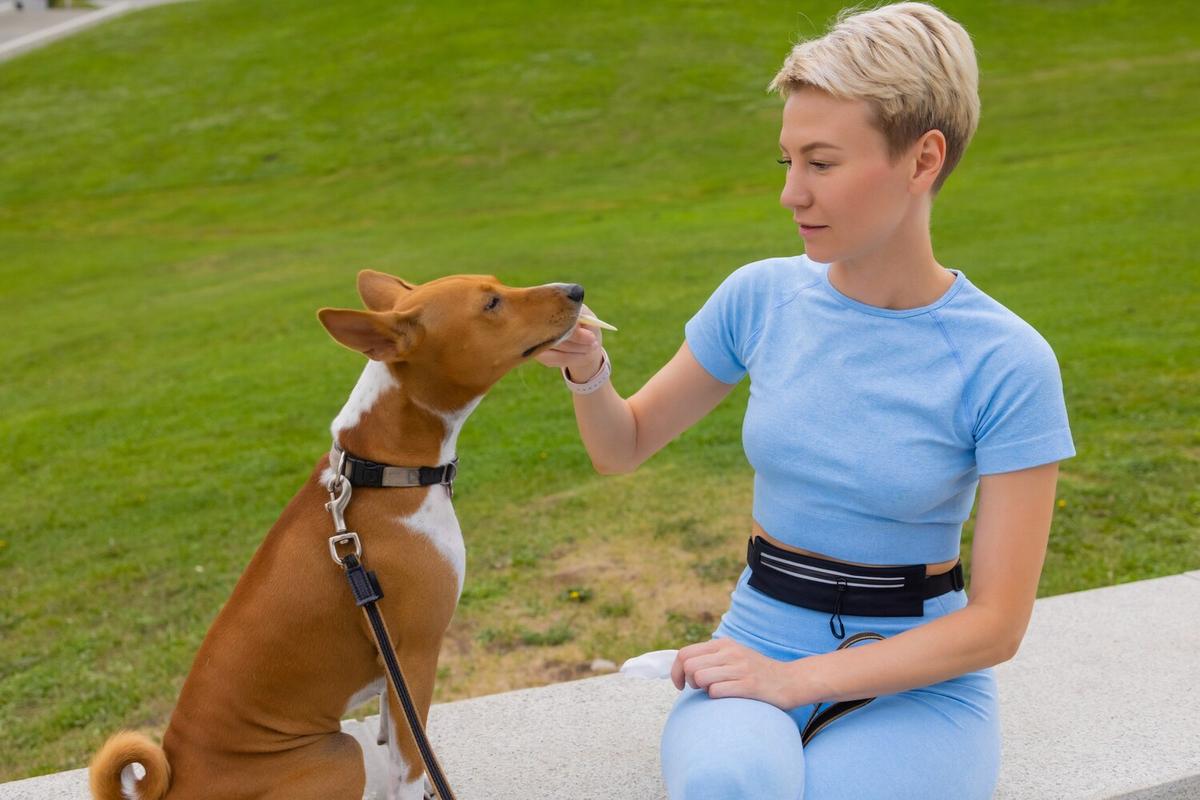
Preventing and Treating Obesity in Cats and Dogs
Obesity in pets is a growing concern that can significantly impact the health and longevity of our furry companions.
Understanding Obesity in Pets
Obesity in cats and dogs is more than just a cosmetic issue. It can lead to severe health problems such as diabetes, arthritis, and heart disease. According to the Association for Pet Obesity Prevention, nearly 60% of cats and 56% of dogs are overweight or obese.
Causes of Obesity
Pet obesity is generally caused by an imbalance between energy intake and expenditure. Factors include overfeeding, lack of exercise, and even genetic predispositions.
Expert Opinions
Veterinarians emphasize the importance of regular check-ups to monitor your pet’s weight and overall health.
Identifying Obesity
Assessing whether a pet is obese involves checking for visible signs such as a lack of a waistline, difficulty in feeling ribs, and reduced activity levels.
Preventing Pet Obesity
Balanced Diet
Providing a balanced diet is crucial. Consult your veterinarian for recommendations on portion sizes and food types.
Pro Tip: Consider using a measuring cup to ensure accurate portion sizes for your pet’s meals.
Regular Exercise
Exercise is vital for maintaining a healthy weight. Engage your pet in daily activities like walking or playing fetch.
Personal Experience
A friend of mine noticed significant improvements in her dog’s energy levels after incorporating daily walks and playtime into their routine.
Treating Obesity
Weight Management Plans
Work with your veterinarian to develop a weight management plan tailored to your pet’s needs.
Monitoring Progress
Keep track of your pet’s weight and adjust their diet and exercise routine as needed.
Comparison Table: Diet vs. Exercise for Weight Loss
| Factor | Diet | Exercise |
|---|---|---|
| Caloric Control | High | Moderate |
| Muscle Building | Low | High |
| Cardiovascular Health | Moderate | High |
| Behavioral Benefits | Low | High |
| Ease of Implementation | High | Moderate |
| Cost | Variable | Low |
| Time Required | Low | High |
| Overall Effectiveness | High | High |
Frequently Asked Questions
How can I tell if my pet is overweight?
Look for a lack of a visible waist, difficulty feeling ribs, and reduced activity levels.
What is the first step in addressing pet obesity?
Consult your veterinarian to develop a tailored diet and exercise plan.
Conclusion
In conclusion, preventing and treating obesity in cats and dogs involves a combination of proper diet, regular exercise, and consistent monitoring. By taking proactive steps, you can improve your pet’s quality of life and ensure they remain a healthy part of your family for years to come.


